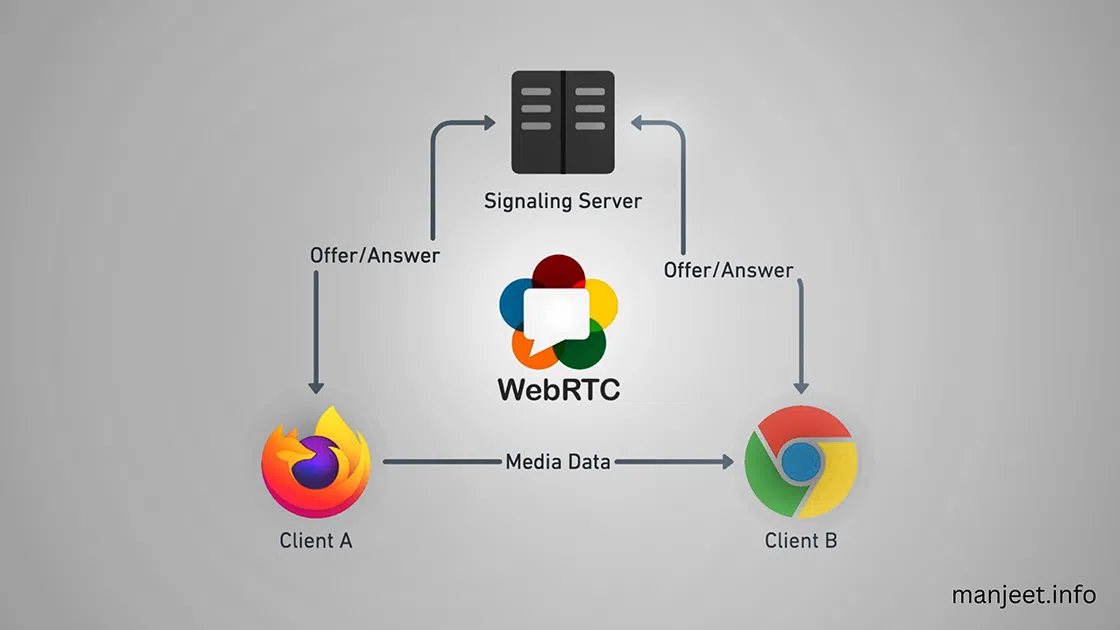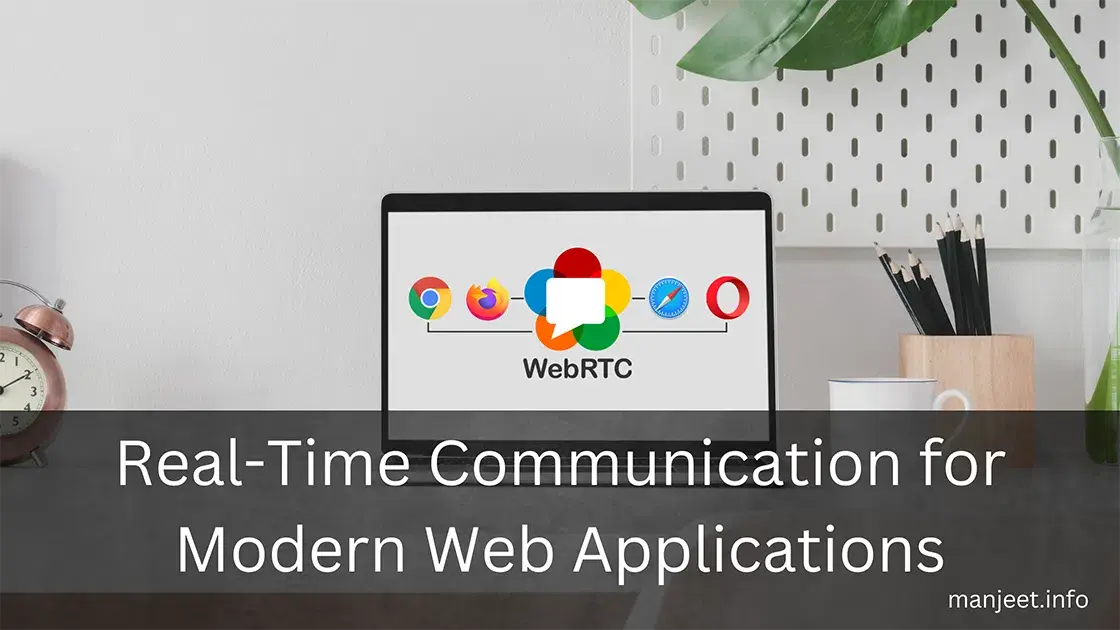WebRTC (Web Real-Time Communication) is a powerful technology that has revolutionized the way we communicate over the web. Created by Google in 2011, WebRTC is an open-source project that enables web applications and sites developed with HTML5 and JS to incorporate real-time communication. This article aims to discuss the meaning of WebRTC and its main elements, application areas, and developments in Internet communication after its appearance.
What is WebRTC?
WebRTC is a technology that allows communication channels between browsers and mobile applications directly without plugins. This technology requires audio, video, and data transfer, making it a flexible solution suitable for many uses. The functionalities of WebRTC allow direct operation within the browser, helping users make video calls and voice chats and share files with little setup and high quality.
Core Components of WebRTC
WebRTC comprises three main APIs:
- getUserMedia(): This API allows web applications to access the user's media devices, such as the camera and microphone. It asks for the user's permission and records the media stream after obtaining the items.
- RTCPeerConnection: This is the major one involved in transferring audio and video data between the two peers. It takes responsibility for establishing connections, bandwidth, codecs, and even firewall and NAT.
- RTCDataChannel: This API has the functionality of an API for Peer-to-Peer data transfer. It lets one application send and receive data to/ from another directly, without going through a server, with no topic restrictions, making it suitable for file transfers and gaming.
How WebRTC Works
The process of establishing a WebRTC connection involves several steps:
- Device Access: When calling getUserMedia(), the application requests the user's camera and/or microphone. It is essential for any video or voice call application.
- Signaling: WebRTC needs a signaling protocol to exchange connection details between the two peers. This is usually achieved using servers supporting WebSockets, SIP, or Extensible Messaging and Presence Protocol (XMPP). The signaling process involves transferring Session Description Protocol (SDP) data containing information about the connection's multimedia content.
- ICE Candidates: WebRTC uses ICE, which stands for Interactive Connectivity Establishment, to determine the most efficient means of interconnecting peers. ICE candidates are collected from the local device and transferred via the signaling server to the remote peer.
- Connection Establishment: OnICE can change candidates. Then, the TCPeerConnection object completes the handshake and traverses, providing a secure communication line.
- Media and Data Transmission: After a connection, media streams and data channels are employed to send and receive audio, video, and data over the wire between peers.
Use Cases for WebRTC
- Video Conferencing: Computing exactly, WebRTC is the technological basis of many implementations of video conferencing, which can offer rich video calls within a browser. The examples of such apps include Google Meet, Zoom, and Microsoft Teams.
- Voice Calling: VoIP (Voice over Internet Protocol) applications use WebRTC for high-quality and reliable voice streaming. WhatsApp and Facebook Messenger are the most popular apps that utilize WebRTC because of their calling options.
- Live Streaming: WebRTC can be used for real-time video broadcasting in a live streaming platform. It guarantees low-latency streaming, essential in holding live events, classes, and games.
- File Sharing: The RTCDataChannel offers a P2P connection between participants in WebRTC to share files securely without any reliance on intermediaries.
- Gaming: Real-time multiplayer games allow direct communication between players to lower the use of RTC.

Advantaby usingTC
- No Plugins Required: WebRTC runs directly in today's browsers, requiring no plugin or software download.
- Open Source: On this note, WebRTC is an open-source project; thus, developers constantly upgrade it worldwide
- Cross-Platform Compatibility: This solution is enabled by key browsers such as Chrome, Firefox, Safari, and Edge, thus expanding its coverage and systems.
- High Quality and operating offers wide-band audio and video at a very high quality, with additional codecs available now as VP8/VP9 and Opus.
- Security: CubRTC has implemented strong features such as encryption protocols like Secure Real-time Transport Protocol (SRTP) for media and Datagram Transport Layer Security (DTLS) for data channels; permissions are required to access end devices.
Challenges and Considerations
Despite its many advantages, WebRTC also presents some challenges:
- Signaling Complexity: Using af a signaling server increases development effort, and the process is relatively intricate if conducted in large application systems.
- Network Conditions: Maintaining constant throughput on unstable networks implies high-level bandwidth management and network quality change.
- Browser Compatibility: As WebRTC is well supported, there can be plenty of differences between implementing it in different browsers that developers should consider.
- Scalability: In an application designed for multiple users, such as video conferencing, controlling and coordinating scalability and server load is a problem.
Conclusion
There is no doubt that WebRTC has revolutionized web-based communication by enhancing real-time communication. Web real-time communication has made it possible to offer high-quality, secure, and low-latency communication through direct web browsers, creating applications that include video conferencing and online games. Web real-time communication holds the potential to keep growing within the development of technology, and will be more needed as our society improves and becomes more interconnected.
Read more WebSocket: Real-Time Communication for Modern Web Applications
